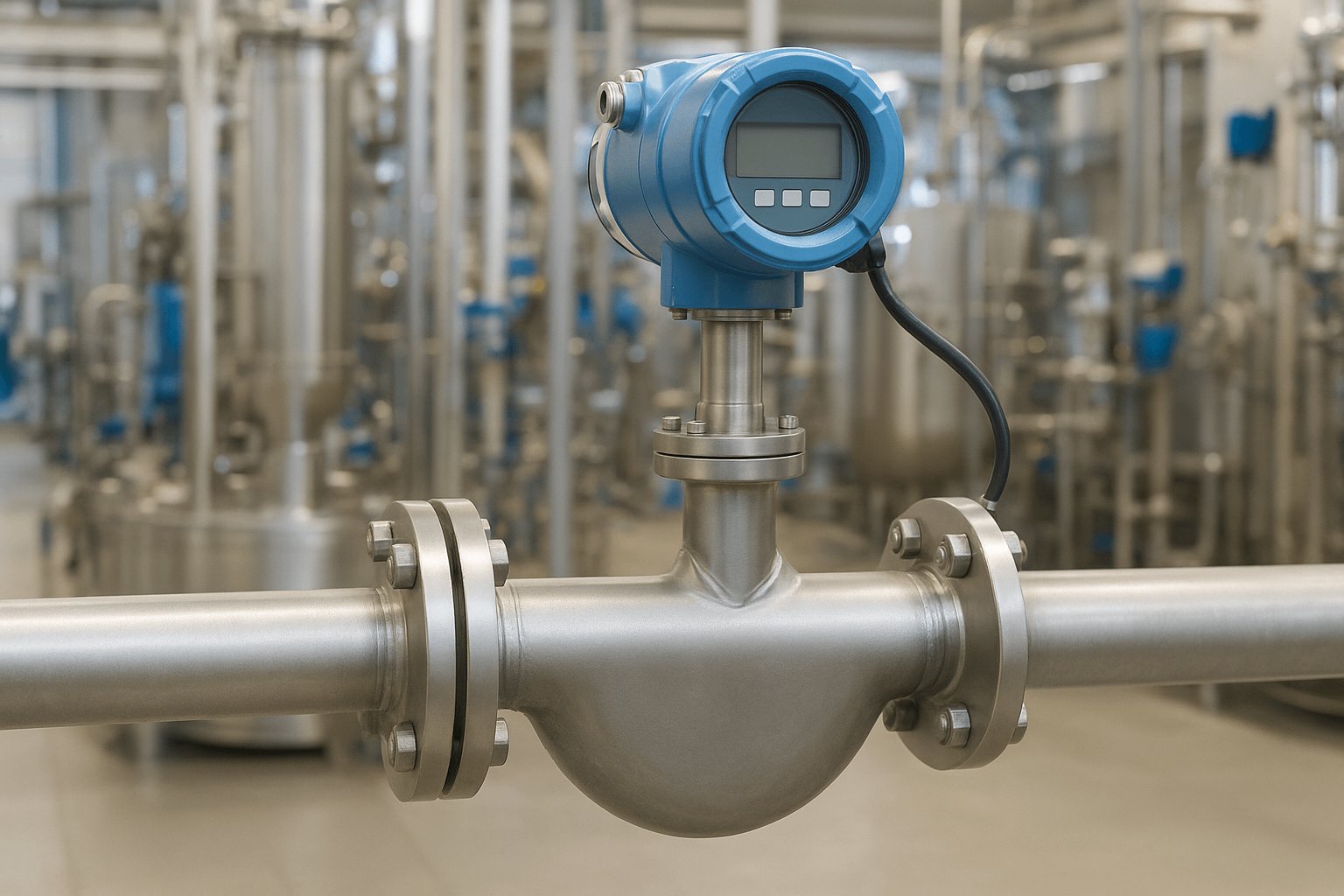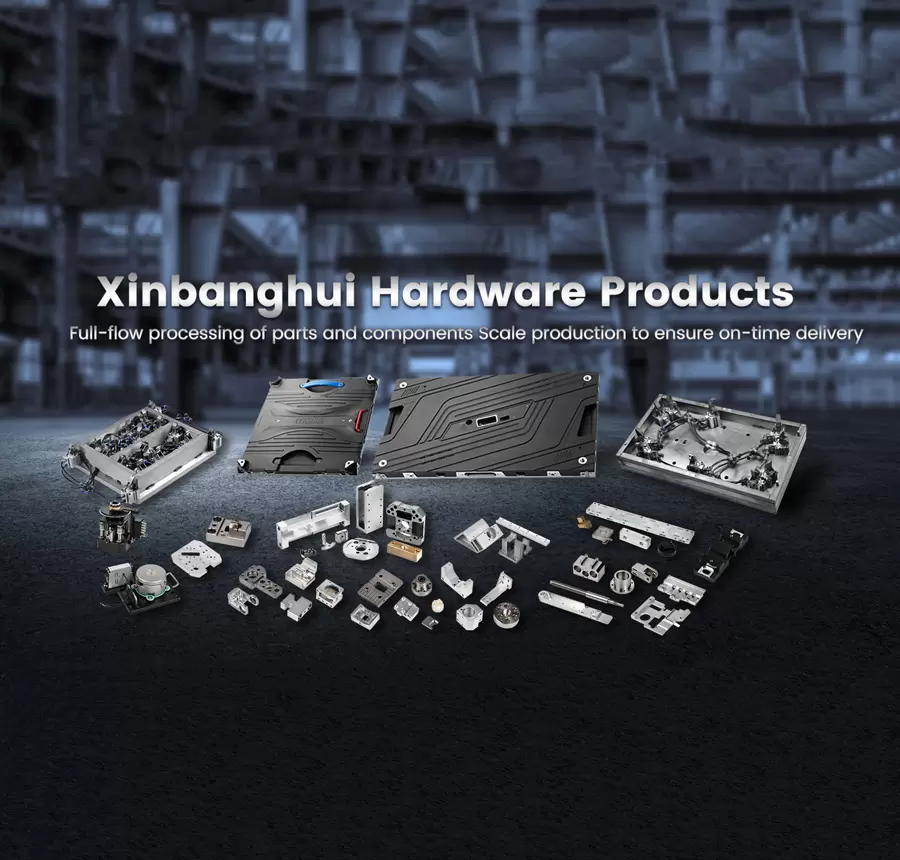Introduction
Mechanical seals are the backbone of modern pump technology, ensuring reliable fluid containment and efficient operation across industries. Among the various seal types, elastomer bellow shaft seals stand out for their simplicity, flexibility, and cost-effectiveness.
However, the performance of elastomer bellow shaft seals depends heavily on the elastomer material used in the bellows. Common options include NBR (Buna-N), EPDM, and Viton (FKM). Each has unique chemical and physical properties that make it suitable for specific applications.
As a professional manufacturer and exporter of mechanical seals, Wecan Seals leverages its in-house production system to provide customized elastomer bellow shaft seals tailored to different industries. This article explores the differences between NBR, EPDM, and Viton, and provides a guide on how to choose the right material for your sealing needs.
Explore Wecan Seals Elastomer Bellow Shaft Seals
Understanding Elastomer Bellow Shaft Seals
Elastomer bellow shaft seals are single spring mechanical seals where the bellows act as both a secondary sealing element and a flexible compensator. The elastomer material allows the seal to adapt to shaft misalignment, vibration, and axial movement while maintaining a tight seal.
The key role of the elastomer is to:
-
Maintain fluid-tight sealing around the shaft
-
Provide flexibility and shock absorption
-
Ensure compatibility with operating fluids
Therefore, selecting the correct elastomer material is critical to performance, reliability, and cost efficiency.
The Three Most Common Elastomer Materials
1. NBR (Buna-N)
-
Full Name: Nitrile Butadiene Rubber
-
Temperature Range: -20°C to +120°C
-
Key Properties:
-
Excellent resistance to oils, fuels, and non-polar solvents
-
Good abrasion resistance
-
Economical and widely available
-
Limitations:
-
Limited resistance to ozone, weathering, and polar solvents
-
Not ideal for high-temperature or highly aggressive chemicals
-
Best Applications:
-
Automotive water and oil pumps
-
Light industrial pumps
-
General-purpose sealing in oil-lubricated systems
2. EPDM (Ethylene Propylene Diene Monomer)
-
Temperature Range: -40°C to +150°C
-
Key Properties:
-
Excellent resistance to water, steam, and polar chemicals
-
Superior weather, ozone, and UV resistance
-
Good flexibility across a wide temperature range
-
Limitations:
-
Poor resistance to oils, fuels, and hydrocarbons
-
Not recommended for pump systems with oil-based fluids
-
Best Applications:
-
Water treatment plants
-
HVAC and chiller systems
-
Pumps handling hot water, steam, and mild chemicals
3. Viton (FKM)
-
Full Name: Fluoroelastomer (commonly known as Viton®)
-
Temperature Range: -20°C to +200°C (with some grades up to +250°C)
-
Key Properties:
-
Exceptional resistance to aggressive chemicals, acids, and hydrocarbons
-
Excellent high-temperature performance
-
Low gas permeability, making it ideal for vacuum and gas sealing
-
Limitations:
-
Higher cost compared to NBR and EPDM
-
Slightly less flexible at very low temperatures
-
Best Applications:
-
Chemical processing plants
-
Oil & gas pumps
-
High-temperature industrial applications
Comparison Table: NBR vs EPDM vs Viton
| Feature | NBR (Buna-N) | EPDM | Viton (FKM) |
|---|---|---|---|
| Temperature Range | -20°C to +120°C | -40°C to +150°C | -20°C to +200°C |
| Chemical Resistance | Oils, fuels | Water, steam, polar fluids | Aggressive chemicals, hydrocarbons |
| Weather/Ozone Resistance | Poor | Excellent | Good |
| Cost | Low | Moderate | High |
| Applications | Automotive, general pumps | HVAC, water treatment | Chemical, oil & gas, high temp |
How to Choose the Right Elastomer Material
-
Identify the Fluid Medium
-
Oils/fuels → NBR
-
Hot water/steam → EPDM
-
Acids, solvents, hydrocarbons → Viton
Check Operating Temperature
-
Low to moderate → NBR
-
Medium to high → EPDM
-
High to very high → Viton
Evaluate Environmental Conditions
-
Outdoor/weather exposure → EPDM
-
Indoor, oil-based environments → NBR
-
Harsh chemical exposure → Viton
Balance Cost vs Performance
-
Budget-sensitive → NBR
-
Mid-range applications → EPDM
-
Premium, high-risk operations → Viton
Real-World Application Examples
-
Case 1: Agricultural Water Pumps
A farm irrigation system using clean water at ambient temperatures can use NBR elastomer seals for cost efficiency. -
Case 2: HVAC Cooling Systems
A commercial building’s chiller pumps operating at 90°C benefit from EPDM bellows seals, offering reliability against hot water and steam. -
Case 3: Chemical Processing Plant
Pumps handling aggressive solvents and hydrocarbons require Viton-based seals to ensure durability and safety.
FAQs
Q1: Can one elastomer material fit all applications?
No, each elastomer has strengths and weaknesses. Choosing the wrong material can lead to premature failure.
Q2: Is Viton always the best choice?
Not necessarily. While Viton offers superior performance, it is more expensive. For standard pumps, NBR or EPDM may be more economical.
Q3: How does Wecan Seals help in material selection?
We provide customized consultation, analyzing you
www.wecan-seals.com
Ningbo Wecan Seals Co., Ltd.


